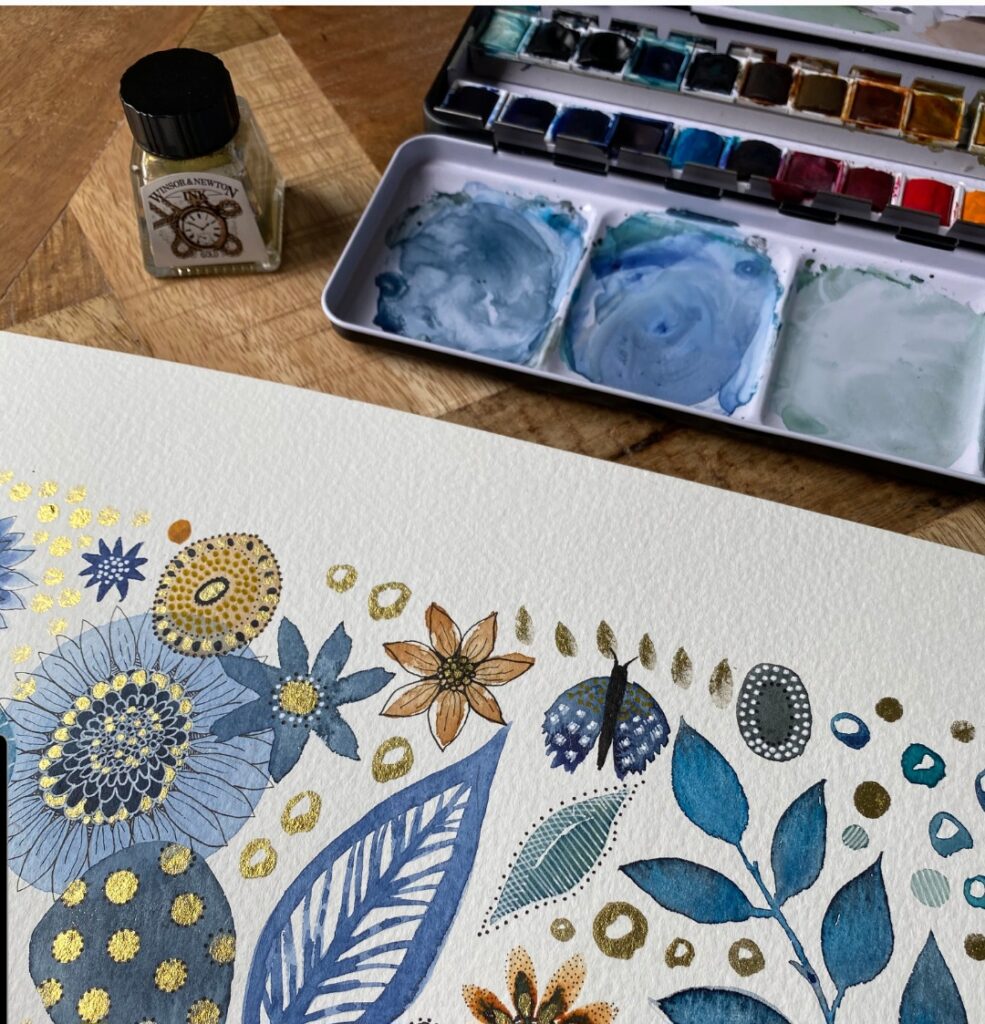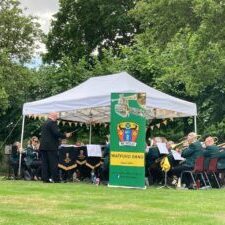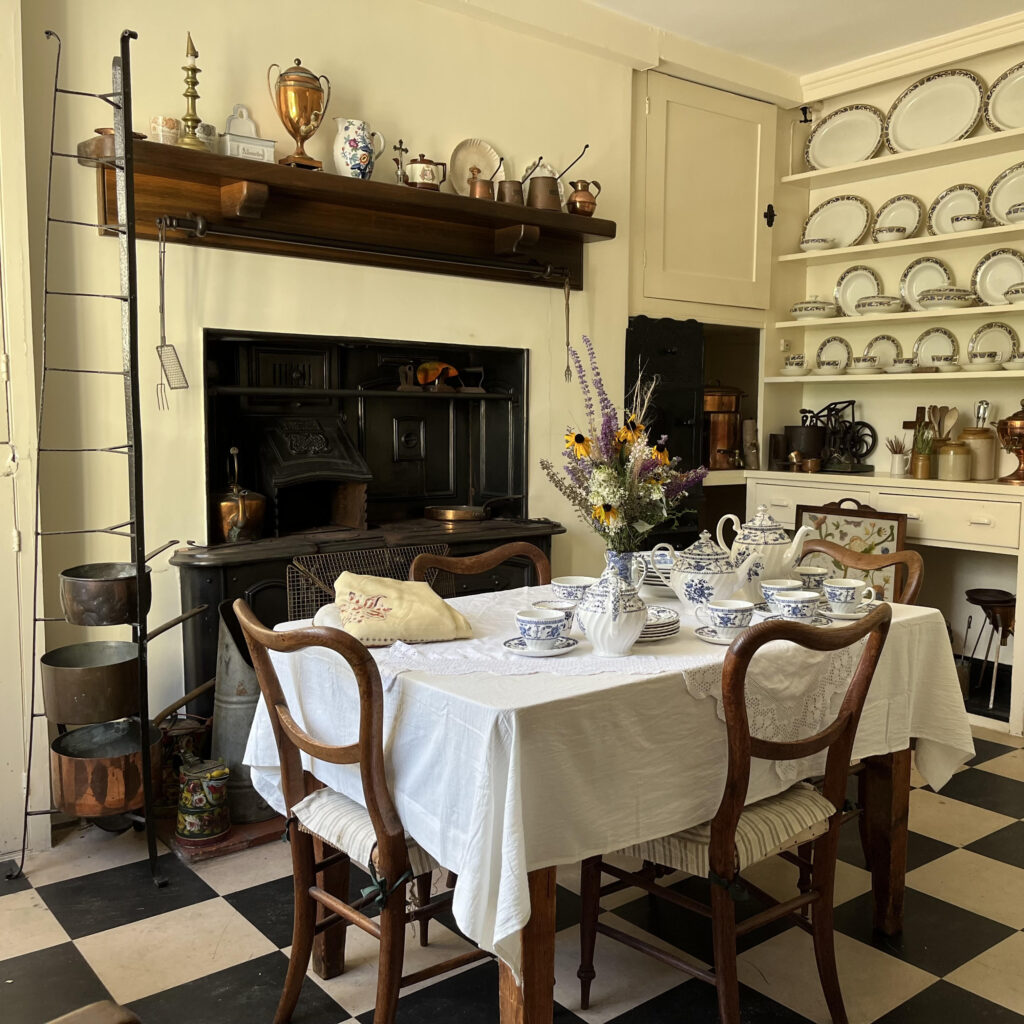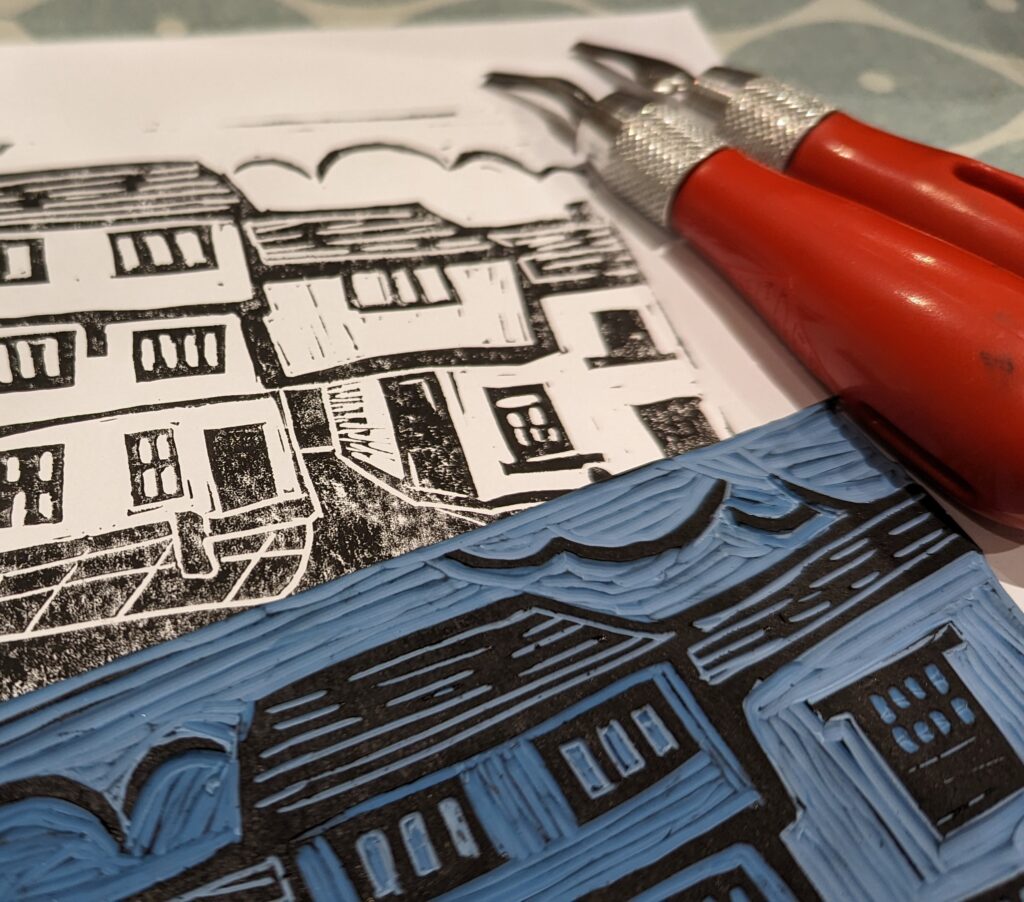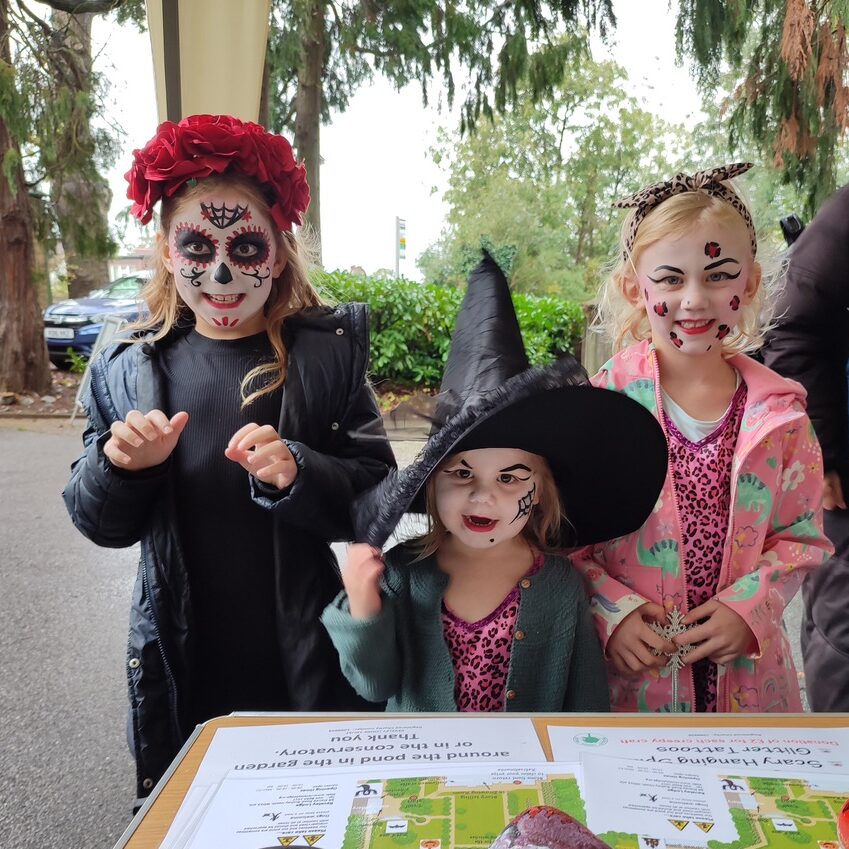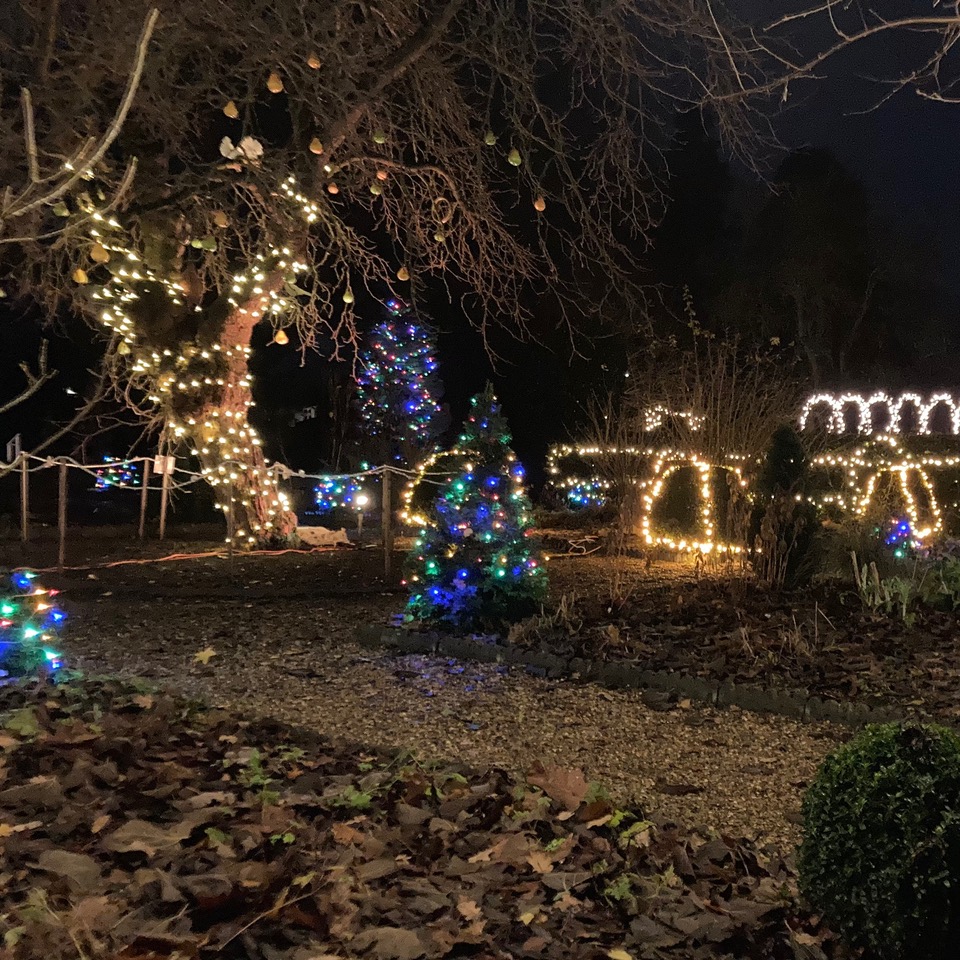Parrotia persica

- Common name: Parrotia Persica
- Type: Small deciduous tree
- Height and spread: 8 to 12 m x 2.5 to 4 m
- Aspect: Full sun
- Hardiness: Hardy
- Care: Easy
Grown for autumn and winter interest. Parrotia persica ‘Vanessa’ produces small but prolific red flowers on bare stems in late winter and early spring. In autumn the dark green foliage turns shades of red, orange and purple putting on a spectacular display for weeks. ‘Vanessa’ is a small tree with attractive, flaking bark which becomes more and more mottled and yellow as the tree matures.
Want to find it at Reveley? Look on the sundial lawn in front of the Yew tree, there are two specimens.
A native of Iran, the Parrotia is a reliable tree which will thrive on most soil types. Although it is related to Hamamelis, it will tolerate a more alkaline soil type but, for the best autumn colour display, it is better if planted in a more acidic soil. Parrotias prefer to grow in full sun and in a moist but well drained location.
‘Vanessa’ does not reach the heady heights or spread of its parent plant, Parrotia persica, which, together with its straighter trunk and narrower crown, make ‘Vanessa’ a much more suitable plant for a small or courtyard garden.
Grow it in the border or as a specimen tree in the lawn. Positioned it where it will catch the sunshine to make its brilliant autumn foliage glow. The Parrotia persica ‘Vanessa’ is slow growing and upright in habit with gracefully arching branches.
Easy to care for, Parrotia is generally pest and disease free and very low maintenance. Propagate by semi-hardwood or softwood cuttings in summer or by seeds in autumn. Although fully hardy, flower buds may be killed by a hard frost.
The Parrotia is named after the Baltic German explorer and mountaineer Johann Jacob Friedrich Wilhelm Parrot (25 October 1791–15 January 1841). He is best known for leading the first expedition to the summit of Mount Ararat in recorded history. His account of this expedition is still in print and available to buy today.
